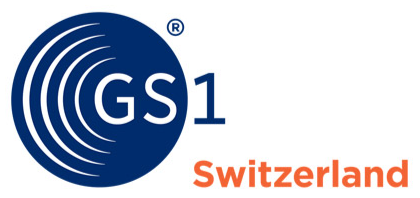Standardised product labelling
Clear labelling in the railway industry is becoming increasingly important. A multitude of processes can thus be optimised and made safer. Many railway operators have therefore agreed on standardised labelling based on GS1 standards.
The rail sector is characterised by increasingly complex, international service relationships as well as rising demands from customers and authorities for quality and safety management. To meet these and at the same time strengthen competitiveness, the GS1 standards offer the ideal solution.
First of all, the railway operators and the suppliers worked out a set of application recommendations in which standardised identification keys and data carriers for the marking, recording, distribution and exchange of parts, components and their data were agreed upon.
The aim here is to improve the availability of materials and services as part of more efficient and effective materials management. They enable life cycle management of components, tracking of wagons and traction units as well as maintenance management of infrastructure components.
The global GS1 standards ensure transparent and efficient material and information flows throughout the entire life cycle. With them, master, transaction and event data can be exchanged between all partners, from design to manufacturing, operation, maintenance and (re)use.
The following identification keys are commonly used in the railway industry:
GTIN for parts and components of a product type.
SGTIN for each individual part and component of a product type (= serialisation at instance level). Usually assigned by the manufacturer.
GIAI for objects and fixed assets already in circulation that are not yet marked by the manufacturer.
GRAI for returnable containers, e.g. mesh boxes, containers, Euro pallets or bobines.
GLN for e.g. regions, production sites, warehouses.
SSCC in logistics for e.g. cartons or pallets.
Use Cases
Further information








